They may look the same as older generation TVs, smart TVs have been dominating the market for a long time now. Back when TVs were just used to display media from three different sources, (antenna, cable or A/V source) there were no smart TVs. Nowadays smart TVs are the industry standard since they offer a wide range of features such as internet connectivity, app support, and even smart home support. The third and probably most advanced feature is still not at as embedded into most smart TVs but it’s slowly getting there. Smart TVs aren’t all about their smart features though, as TVs, they also need to have excellent viewing angles and crisp rendering.
Display
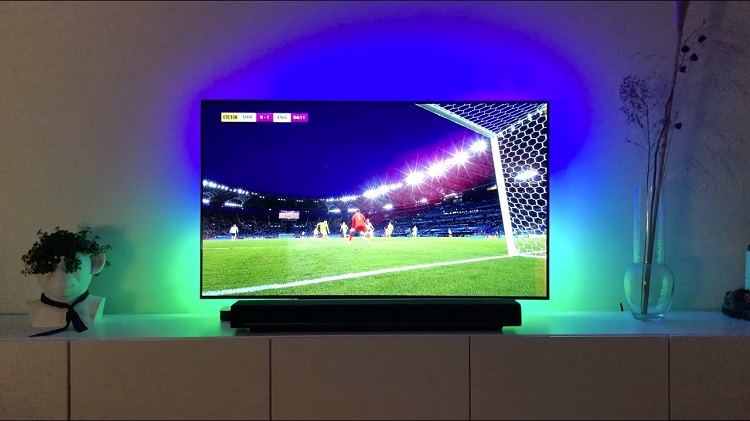
LCD & LED
The most common display technology in smart TVs nowadays is labelled as LCD or LED. The two names refer to the same type of display known as LCD or liquid crystal display it just uses an LED or light-emitting diode backlight. An LED 60 inches smart TV is going to be your most affordable and slimmest option. LED Smart TVs are also energy efficient.
OLED
OLED or organic light-emitting diode smart TVs are essentially a large number of mini LEDs bunched together. This makes for a brighter screen and also better viewing angles when it comes to bigger screens. Especially with 60 inch smart TVs. This is because each pixel is controlled by an LED which makes it better to achieve a wide spectrum of colours and deep blacks.
QLED
An upgrade from OLED displays is QLED or quantum dot light-emitting diode displays. These were made popular by Samsung in order to produce a more long-lasting LCD display. QLED display technology is still LCD technology it just generates a wider colour spectrum and has a feature called local dimming. This essentially prevents halos on a dark background that zones of LEDs that darken.
Resolution
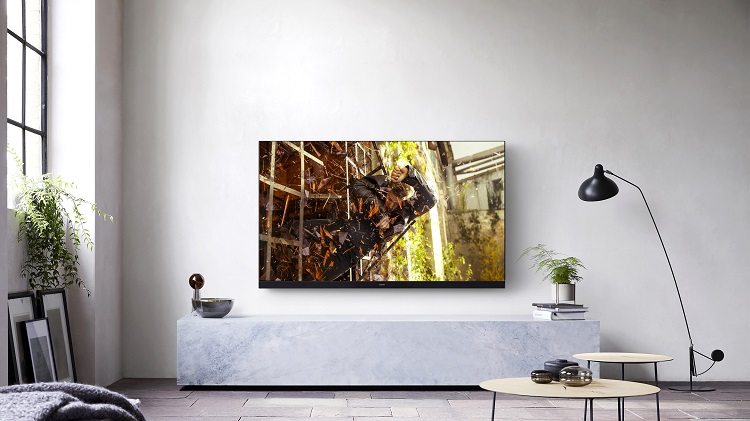
HD Ready
The once industry standard resolution for most TV sets was 720p or HD ready. Most smart TVs have kicked out 720p resolution due to their screen size. The bigger the display the higher the resolution you need.
Full HD
1080p resolution or full HD as it’s also called is what most TVs have today. It’s become the standard for most smart TVs too but if you’re going to buy a 60 inches smart TV then you need something that will display images better.
4K
This is where 4K resolution comes into play. On its way to becoming the new industry standard even on Smart TVs, 4K resolution offers the crispiest image quality. Especially when it comes to 60 inch smart TVs.
8K
The future is happening right now when it comes to TV resolution. 8K is already here, and although only a handful of TV sets support it, it’s still in its early stages. 8K also requires TVs with more than 60-inches of screen real estate.
Refresh Rate
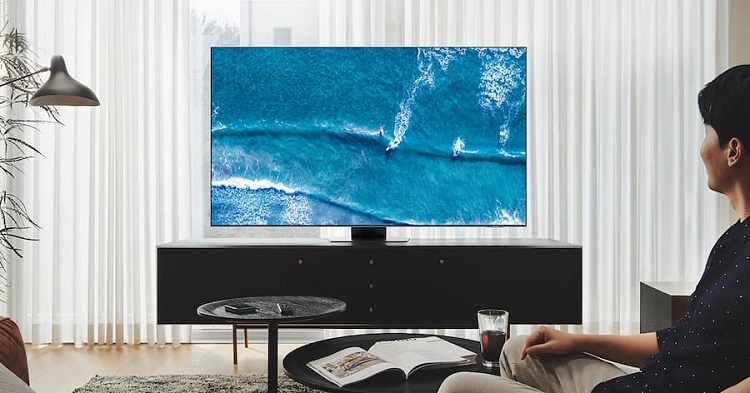
60 Hz
The refresh rate of a smart TV determines how smooth the video you’re playing is going to be. Higher is always better here but you still need a big enough display to notice any difference. 60 Hz is what all TVs offer and it’s an okay refresh rate to have but not on a 60 inch smart TV.
90 Hz
For a TV with such a big screen, you need a 90 Hz refresh rate. This means the screen will refresh 90 times in one second. This way fast-moving objects won’t be as blurry.
120 Hz
If you want to truly experience a buttery smooth display, then a screen with a 120 Hz refresh rate is what you should go for. If you’re coming from a 90 Hz refresh rate though you won’t notice any difference.
240 Hz
This is where you’ll want to go for a 60 inch smart TV with a refresh rate of 240 Hz. Although quite rare nowadays, these smart TVs are going to make a big difference in how you view your content.
Connectivity
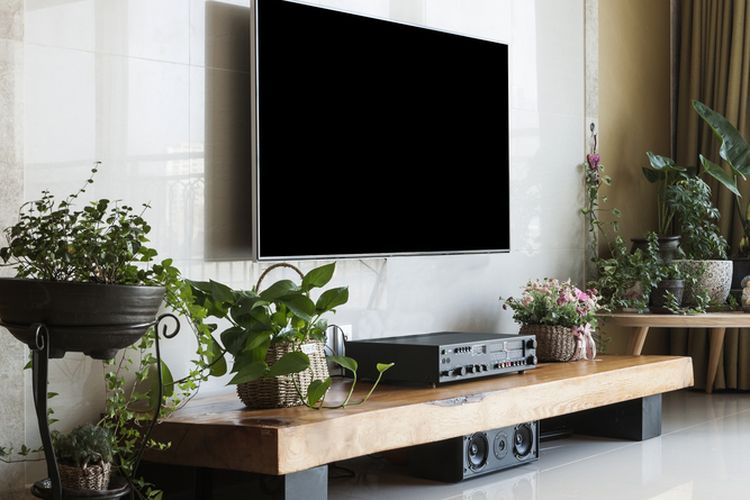
HMDI
Apart from Bluetooth and Wi-Fi pairing, there are other connections you’ll want to be able to make on a smart TV. HMDI ports are needed when you want to connect another display. This is where you’ll need HDMI 2.0 ports that are able to handle 4K resolution.
USB
USB ports may be seen as redundant but sometimes you need to transfer over some files like videos or pictures without file compression affecting their quality. USB 3.0 ports are the best for this as they ensure quick transfer speeds.
HDR
Also known as high dynamic range, HDR is a technology used that improves the lighting of a scene. It supports the darker areas of a picture or video so that they don’t appear dim in comparison to other areas. But HDR also balances out this by toning down the brightness in lit areas. 4K 60 inch smart TVs should have HDR since this way they will make the most out of all those pixels.
Sound
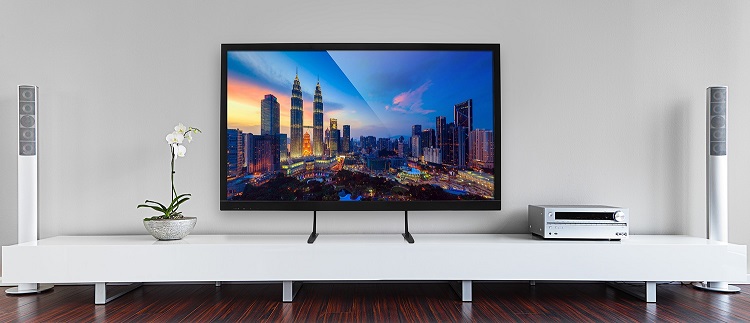
Wattage
Image quality isn’t the most important factor of a TV. The sound they produce is also as important. The way you can tell if a smart TV has good sound is to check its wattage. The more watts it needs to produce the sound, the better the speakers are.
Rattle
Any rattle be it in the TV itself or the surface it’s placed on, signifies a low-quality sound reproduction. It means there is directional distortion and that you won’t enjoy watching a movie as much
Surround
Having surround sound is one of the best things to come out in TVs. Some smart TVs come with integrated 5.1 surround technology. Other smart TVs need the use of a soundbar which usually makes for better sound reproduction as it’s its own separate unit.
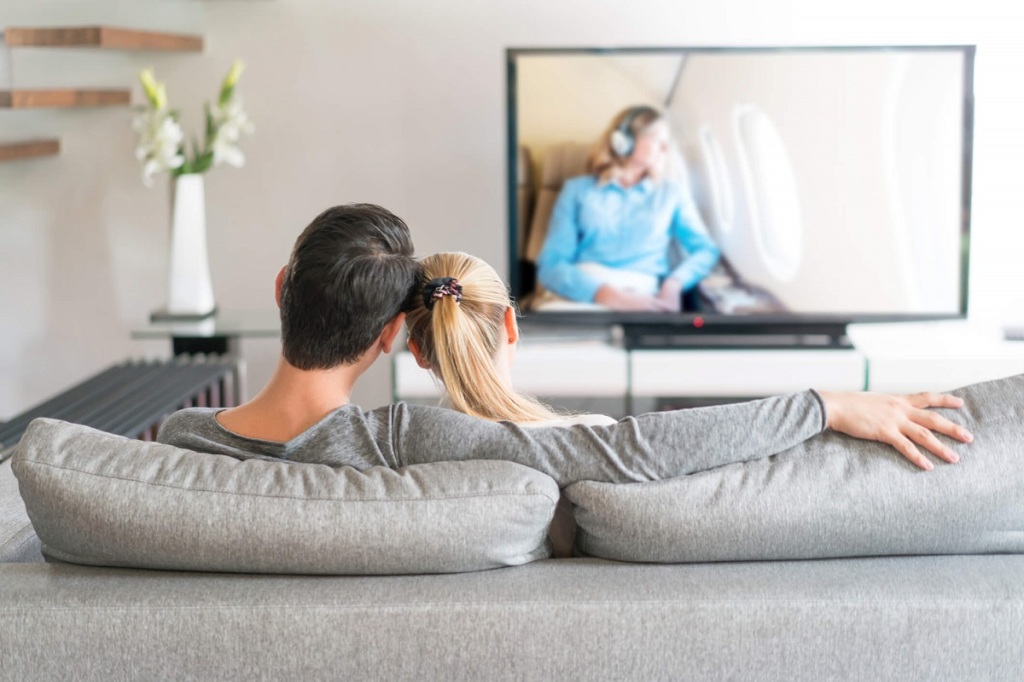
Leave a comment